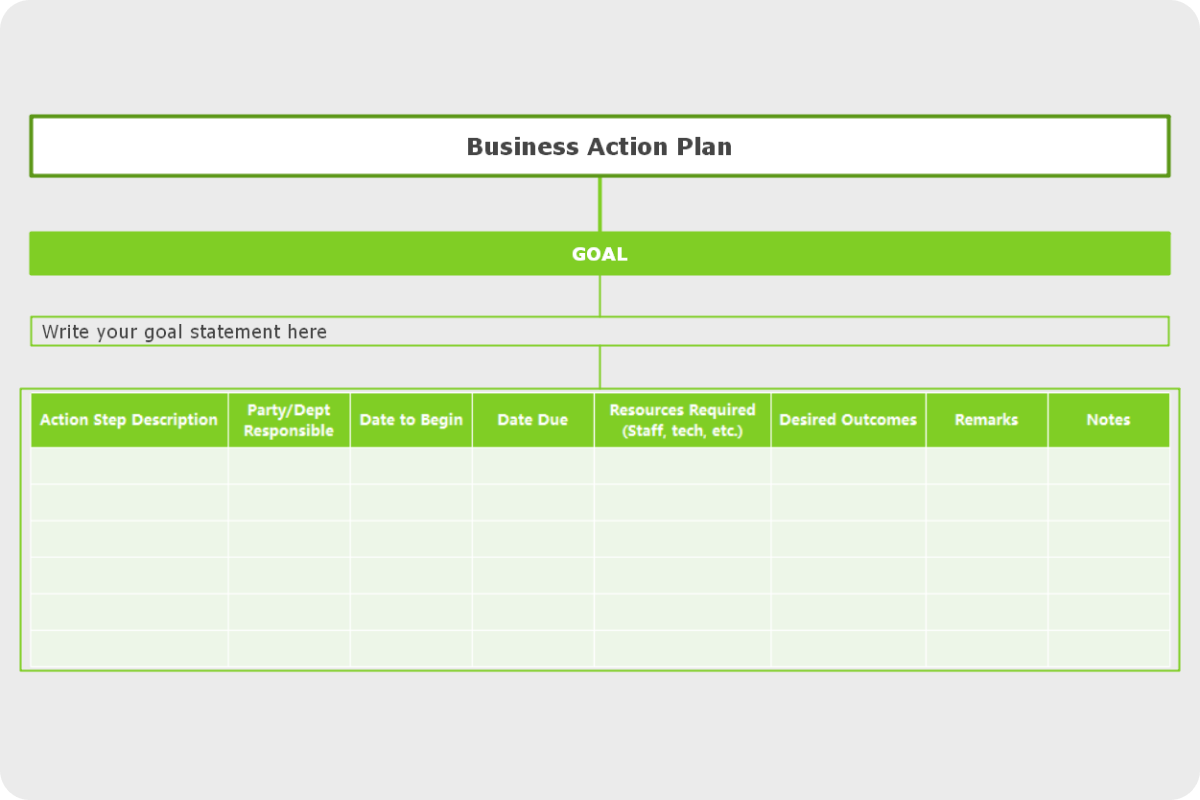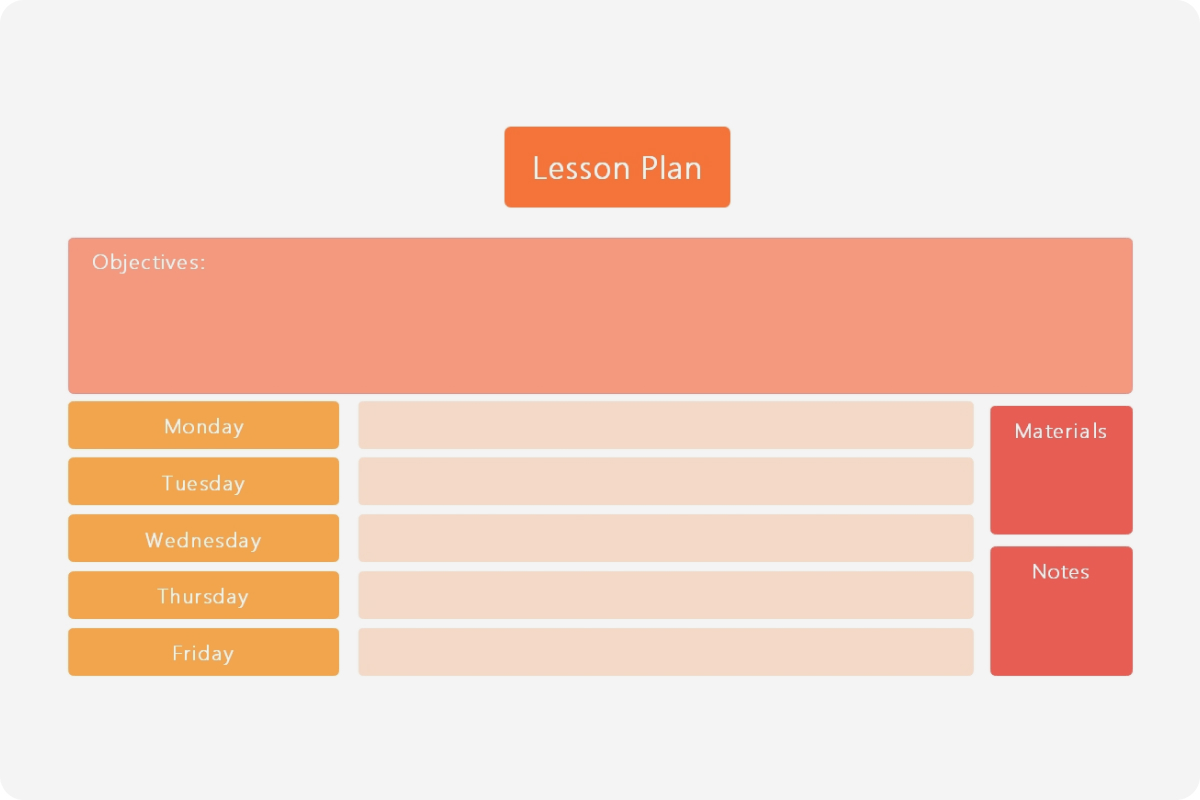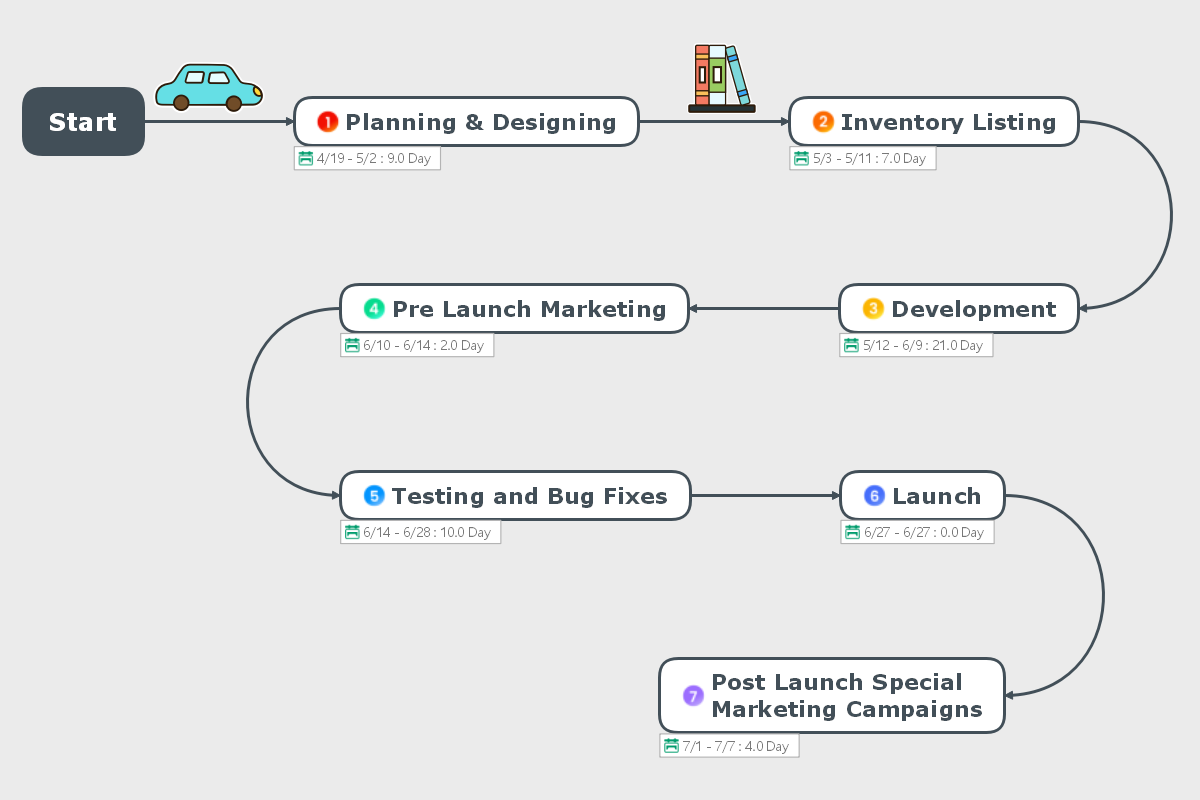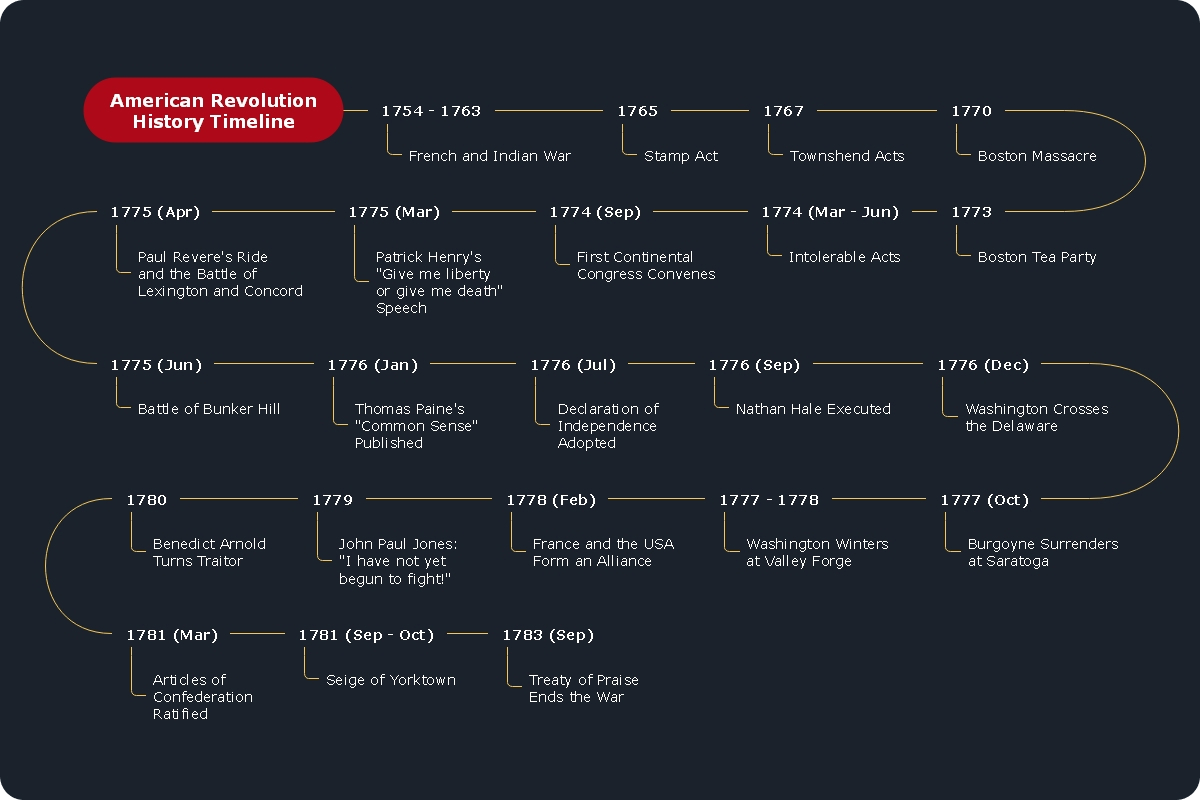Impact Mapping Template
A simple method to outlining goals and achieving them.
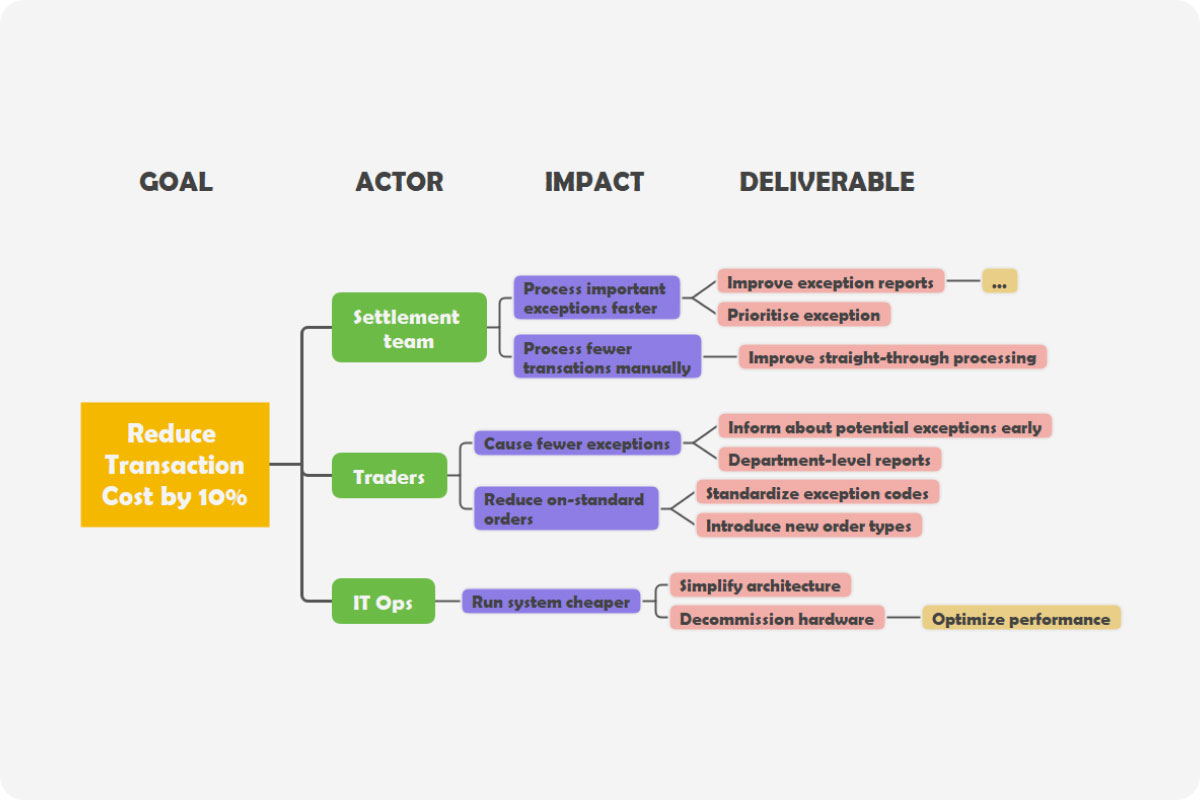
About the Impact Mapping Template
What is an Impact Map?
It’s easy to lose sight of the bigger picture, especially in large organizations with many working parts and players. Impact mapping is a method of planning that allows you to maintain your focus on production through a graphic depiction of your goals and the steps needed.
Created by Gojko Adzic, a software delivery consultant and author, Impact Mapping has become a vital tool in many companies. Like Mind Mapping in creating a graphic diagram of ideas, it is a visual system that sets out the relationship between teams and their objectives in a cohesive manner.
Often, there are many different working parts involved in a company manufacturing products and supplying commodities or services. Miscommunication between teams is all too common. This planning strategy brings everyone onto the same page. It aligns those making critical decisions to a shared understanding of key expectations. In the end, it’s about delivering goals with minimal time-wasting, confusion, or waste.
Impact mapping brings your ideas, goals, and processes into focus. You are used by businesses to improve aspects right from creative initiation all the way to the end objective without getting lost or distracted along the way. A simple and visual approach involving four key questions helps bring your plans into perspective for everyone involved. From boosting sales to increasing distribution, this graphic system of planning has become the favored way to implement strategic roadmaps in organizations both large and small across the world. Using an impact mapping template makes the 4-step method even easier and can be implemented in almost any circumstance. By simply adding in the data, the diagram becomes a vivid tool for any business to move forward with new ideas.
Why should you use an impact map?
When you are in the planning phase of a product, you can get lost in the many facets involved in bringing it to life. There are multiple people and ideas involved. Impact mapping helps in defining the following specific issues:
- Deciding on all the aspects involved in a product that does not yet exist
- Proving your proposals are logical and acceptable
- Planning the next sprint or release
- Proving to the client that a feature is either worthless or worthy
- Getting all those involved on the same page regarding goals and strategy
What are the key steps of impact mapping?
The beauty of impact mapping is that it is simpler than other methods – there are only four main steps. Or if you want to simplify it even more, four questions:
WHY? WHO? HOW? WHAT?
- Establish and explain business goals. WHY?
- Identify people involved (actors or personas). WHO?
- The role each actor will play in achieving the goal. HOW?
- The necessary actions for delivering those goals. WHAT?
How to create an impact map?
Using these simple steps, you can now begin to draw boxes and lines linking them to form your map. Or you can simply use an impact mapping template and just add your data into it.
Step 1: Start by drawing a box (or use an impact mapping template) and writing your objective inside it. The WHY. Why are you doing this? What do you want to accomplish? Keep the number of goals to a maximum of 4 per map. Keep it simple. To further define your goal, ask yourself why this is important and how you will know that it has been achieved.
Step 2: This box will be the WHO. The actors. Staff, suppliers, or clients. What teams are involved. Anyone with a direct influence on the success of realizing the objective. In keeping with the simplistic approach of Impact Mapping, it is advisable to be specific and keep it to no more than 3.
Step 3: This is the HOW. Now that you have all the actors who are involved. Create a second branch linking to new boxes. In these, you will define the actions that each person or team will take in getting you over the line. Start with direct ones – what will they do? Then list indirect actions that may come into play in the whole process. A good way to focus is to keep in mind the impacts that will assist the actors in achieving their goals rather than delivering features.
Step 4: Now, this is WHAT. This is where the map becomes more focused on the actual deliverables: product aspects, features, programs, etc. By categorizing each deliverable, a much clearer picture begins to form of what is necessary to reach the end objective. Often it reveals those parts that don’t contribute to the whole process and can be eliminated or less focus being spent on them.
Impact Mapping Examples
A simple example of an impact map would be a Nail Salon wanting to increase its customer base. By stating this as their goal, they have outlined the first step of WHY. Next is listing the key actors involved (WHO). In this case, it is customers and the nail technician.
Then it is the impact stage or the HOW. For the customer, we want them to keep returning for services and to influence friends to visit the shop. For the technician, it is to increase the reputation of the shop.
Lastly, the WHAT step for the customer will be specifics. For example, we can offer a loyalty card to keep customers coming back and sharing news of specials with friends via social media. The technician’s deliverable would be to give ongoing, excellent service.
